My heart sank after reading Mayor Isko Moreno’s opinion piece on bike lanes in the Manila Bulletin and for quite a few reasons. It’s one thing for a city mayor to be half-hearted about setting up bike lanes in his city, but quite another for him to go through the trouble of writing an opinion piece on why bike transport is not a good idea at this point.
He goes on to cite how dangerous cycling is, and how he can’t bear to put people at risk. But somehow, the mayor makes a few leaps in his logic here. For one, he cites the danger of having trucks on the road with bikes, but somehow comes to the conclusion that bikes are the problem. For another, he overlooks the fact that people are already depending on bikes for their work commute, and that this number is growing and such people deserve protection.
Which is why I’m half-hearted about responding to his piece. Because it seems that Mayor Isko has arrived at conclusions without bothering to reimagine his city, and consider what bike transport could do for his constituents. Because so much of what I have to write here are things that urban planners already know, but must bear repeating in the hope that the good mayor and others like him might reconsider their outdated and fallacious ideas about transport.
But I will take the time to address his “points” anyway, because it is my job to discuss cycling matters especially when they are raised in a public forum. Just as it is a mayor’s job to take valid input, even if it means changing his mind about bikes.
First, the idea that bike lanes take resources away from public transport is a false choice fallacy. No single mode of transport can service all of a city’s transport needs. So we have to design mobility networks that provide for safe transport across the range of different modes being used by its citizens.
Public transport and bike transport actually go hand in hand. It shouldn’t require too much imagination or research to consider the examples of other cities that promote bi-modal transport. The Japanese take their bikes on trains all the time, or park their bikes in safe storage facilities at bus and train stations. Many cities in the United States have racks on all their buses for this same purpose.
Given the current pandemic, public transport needs a complementary mode of transport to absorb some of the demand especially considering the reduced capacity brought on by distancing measures. Which makes it appalling to think about cycling infrastructure as if it were a problem rather than a solution.
Second, the mayor only scratches the surface when he talks about the national government’s directive to create bike lanes. Because cyclists already represent a growing segment of road users in Manila, and it is his responsibility as mayor to provide for safe passage for them. It’s been his responsibility even without a national government order, and it’s been his responsibility even before the pandemic struck.
The current crisis only highlights how neglected bike transport has been for decades.
Third, there is a sensible hierarchy to road design and cycling is pretty high in this food chain. The logic behind such a hierarchy is that some modes of transport are more desirable than others. Bikes, as we keep stating, do not cause pollution, do not cause traffic jams, and are safer than motorized vehicles.
Which means bikes offer the most good for the people of Manila. And it is in a city’s best interest to encourage its growth.
Unfortunately, Mayor Isko currently has both ends of an equation without a middle part. He says that cycling in his city is currently unsafe, and he claims that he has nothing against the idea of bike transport. In between these two ideas is the critical role of his government, and a few corrections to the assumptions being made.
I hope that Mayor Isko will consider that bikes are not the dangerous element in our roads. As a matter of fact Vulnerable Road Users discourse is a well-developed subject in urban planning discourse.
I hope that Mayor Isko will consider that it is motor vehicles that are dangerous. And it is his government’s job to protect cyclists from them. As a matter of fact, the good mayor already cites the example of the Netherlands, but somehow glosses over how the Dutch brought cycling to the forefront as a primary mode of transport. Because the Netherlands had this same exact issue five decades ago, with its citizens dying in traffic accidents to the point that protests erupted demanding safer roads. But the Dutch had the good sense to know that when motor vehicles harm people on bikes, you don’t blame the victims.
Mayor Isko mentions that studies need to be made and I agree. Bike networks should be well-planned and well-implemented. But like the Dutch we must also learn to say ‘Stop the killing,’ and we must do it now. Not in ten years, not even in ten months but now.
Because cyclists are already out there everyday, and cyclists are already getting killed.
Stop the killing, mayor.

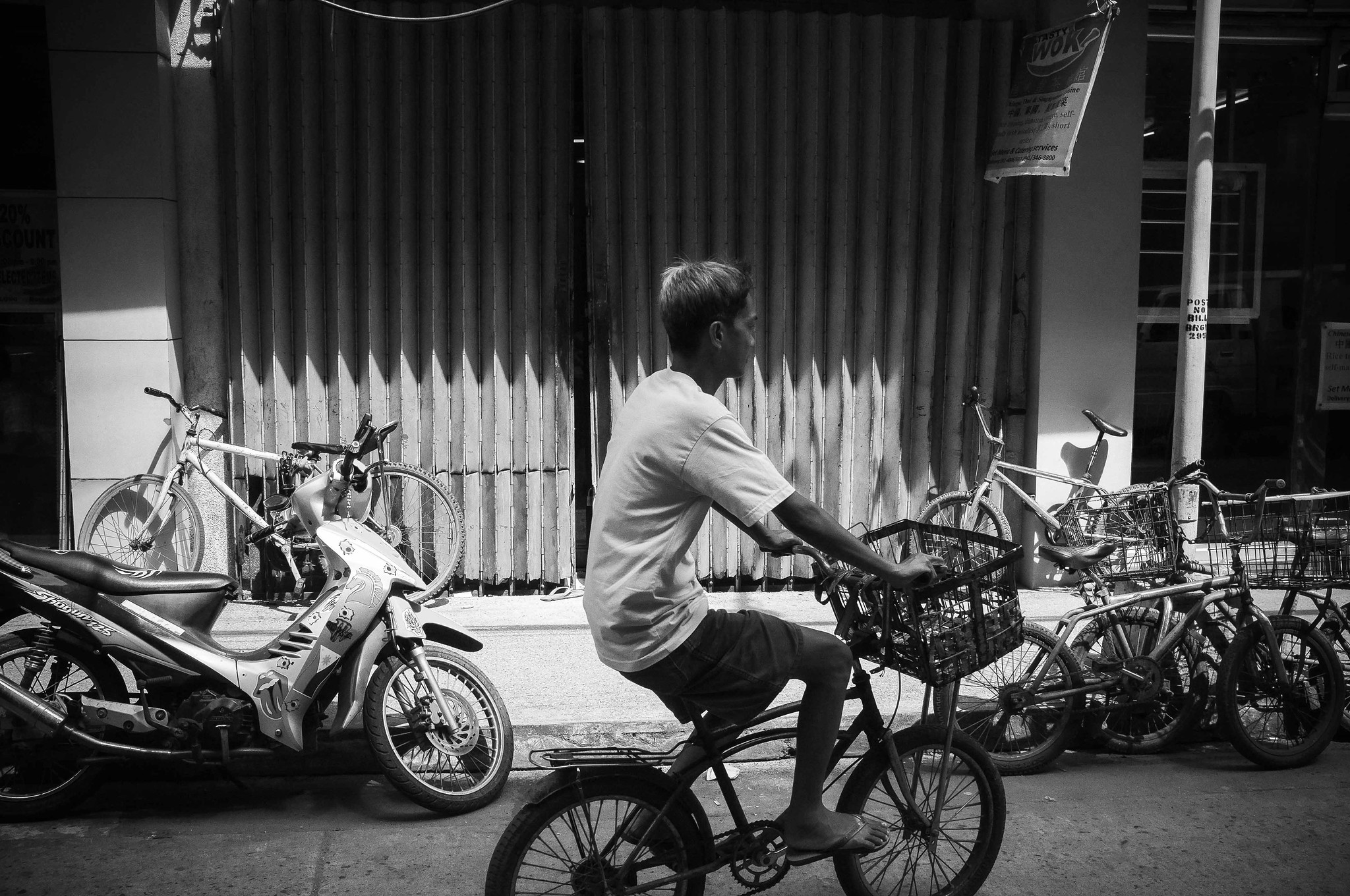
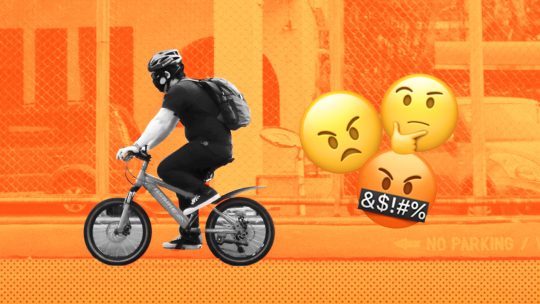
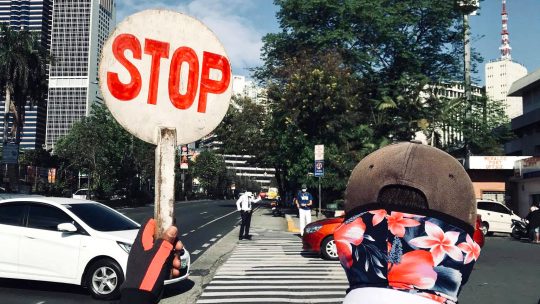
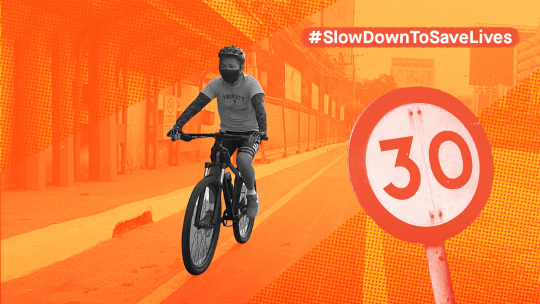
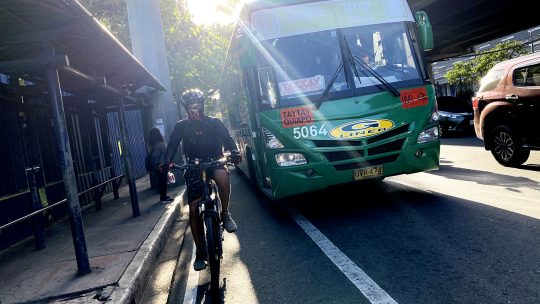
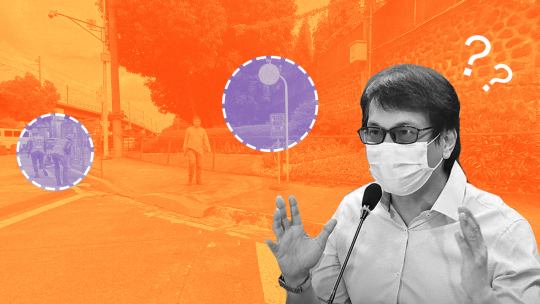
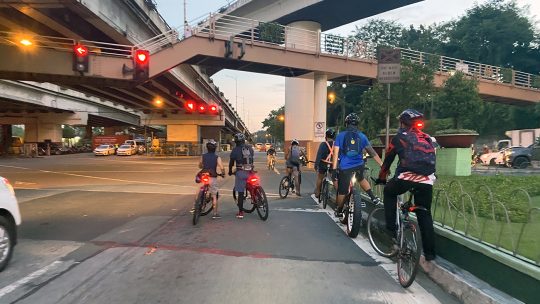
Leave a Comment